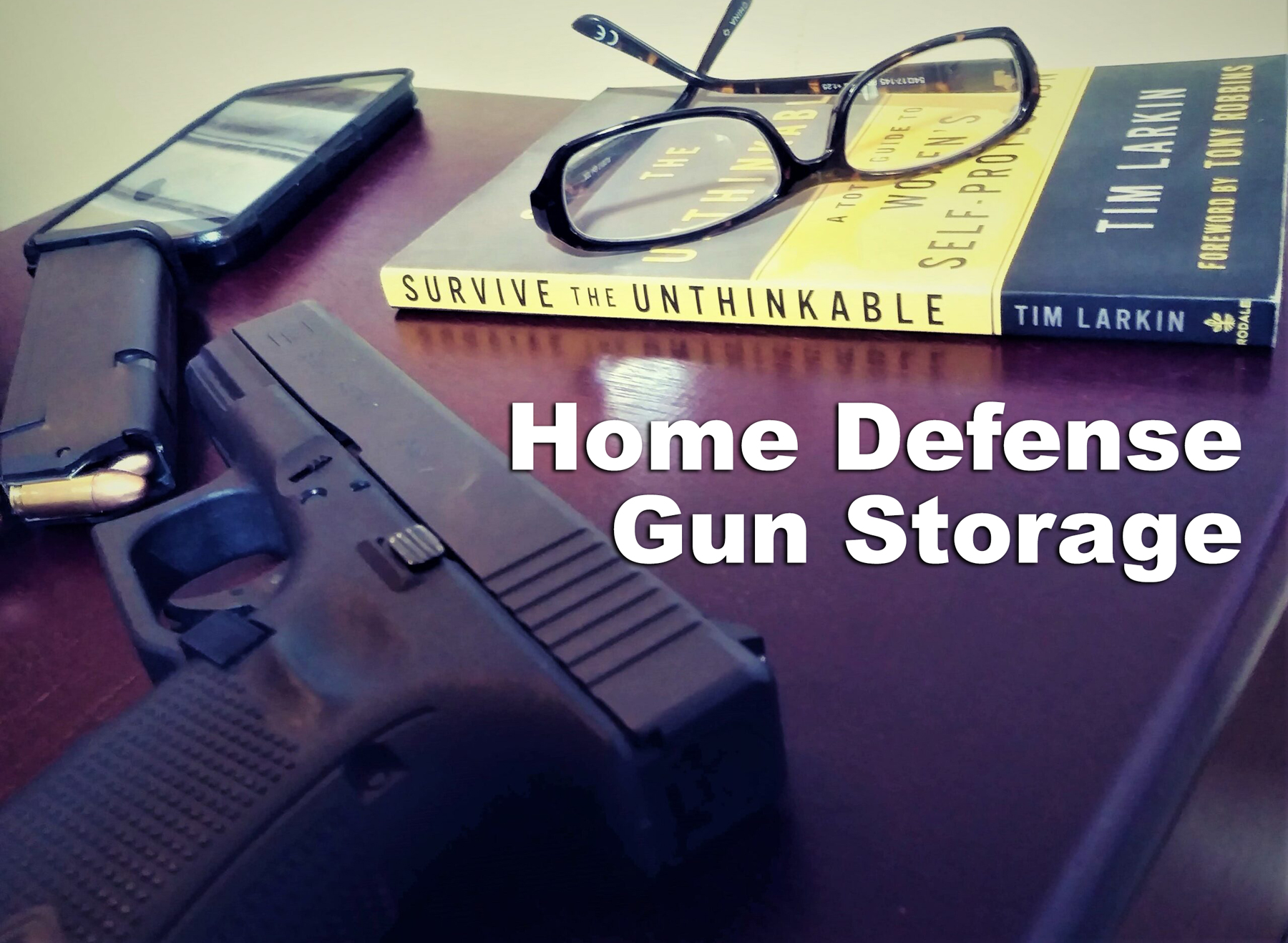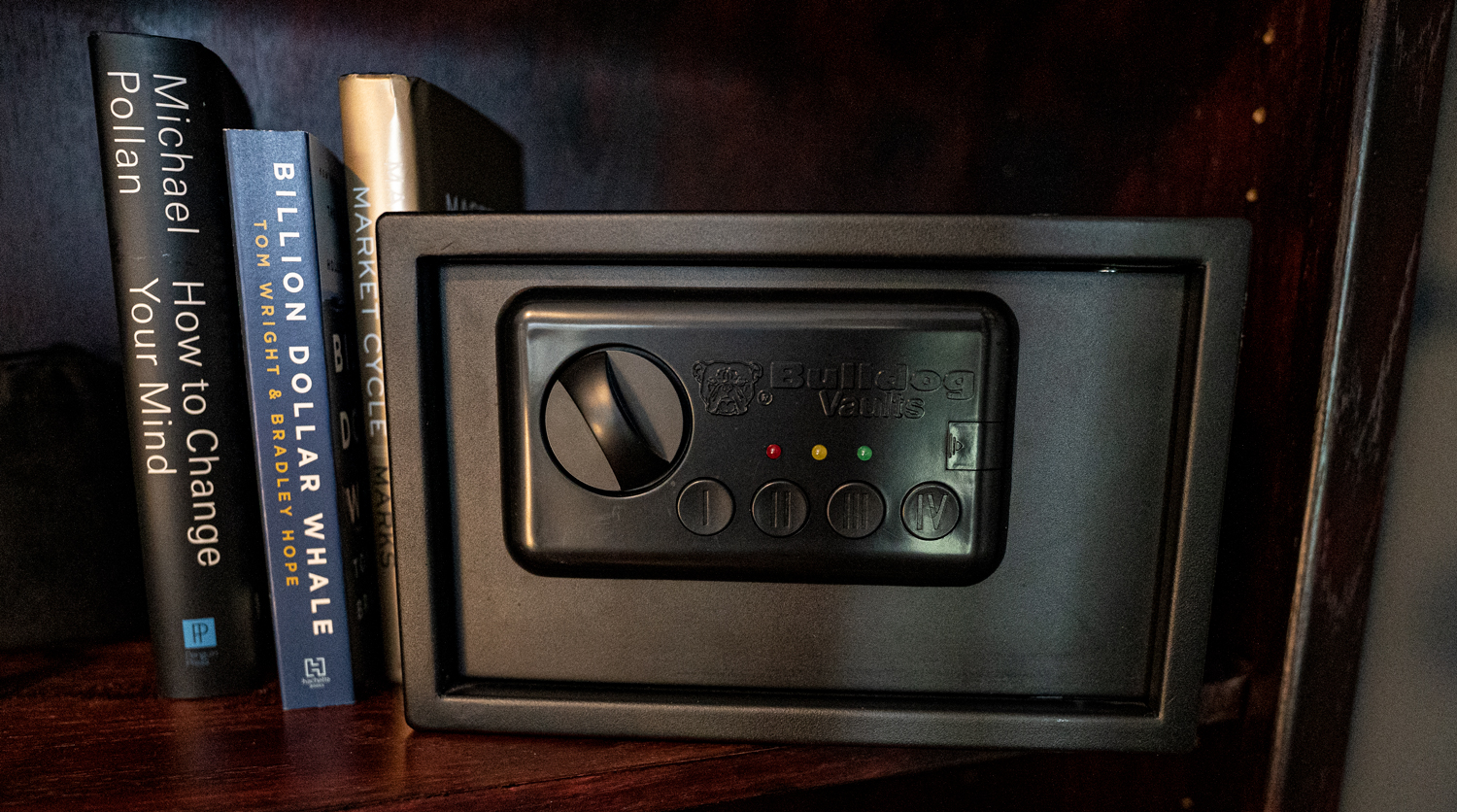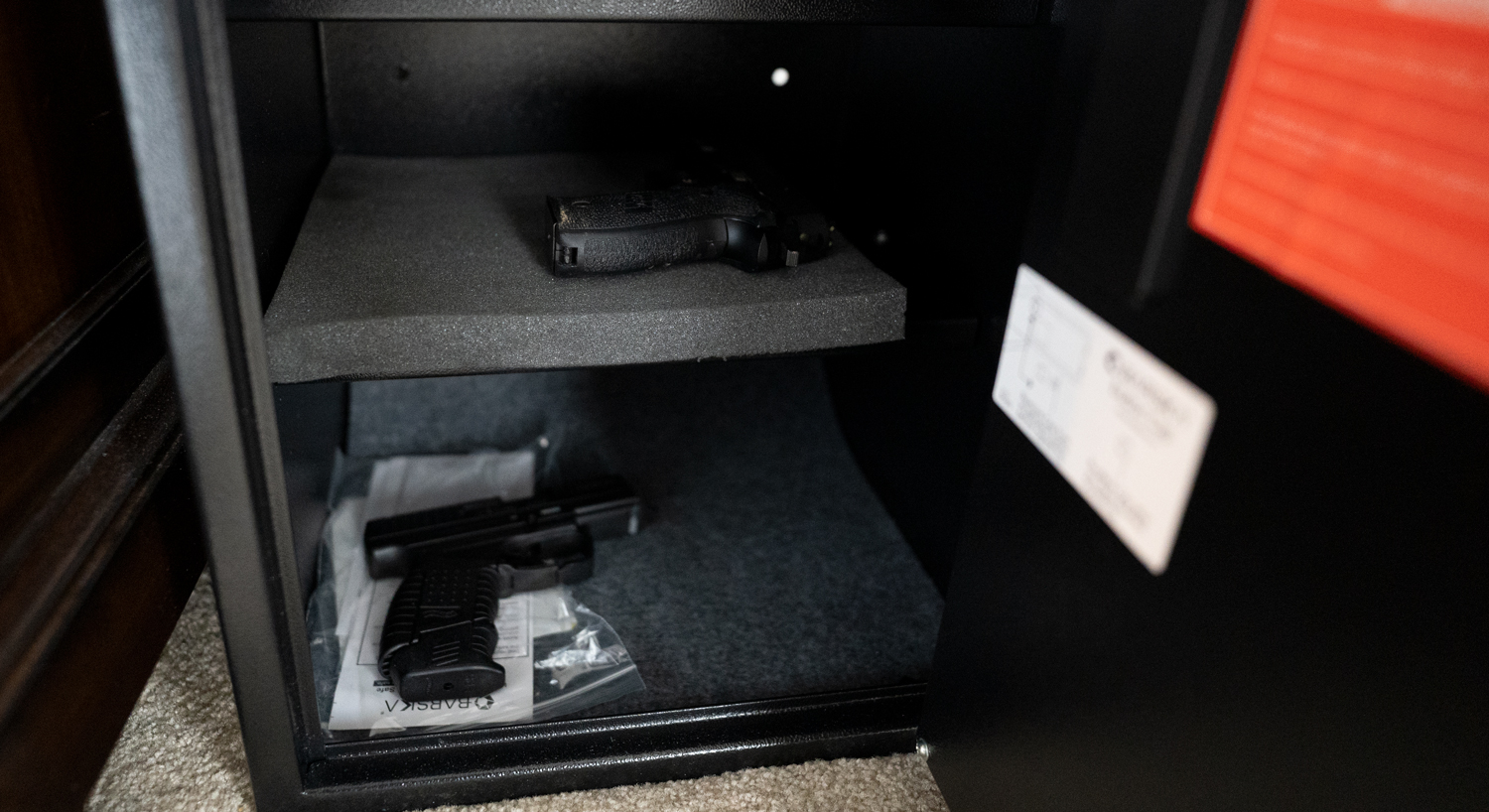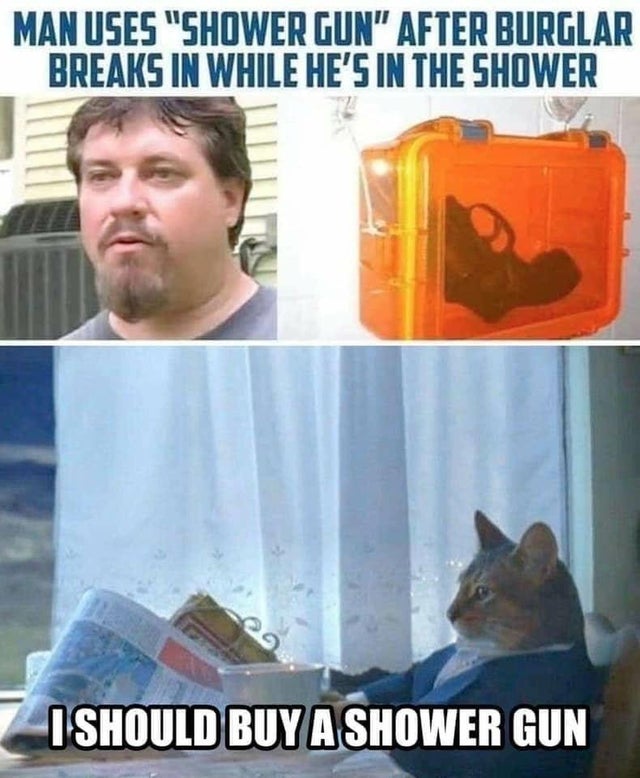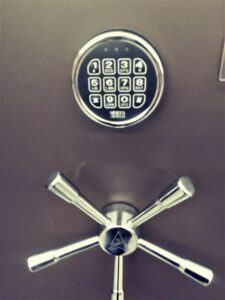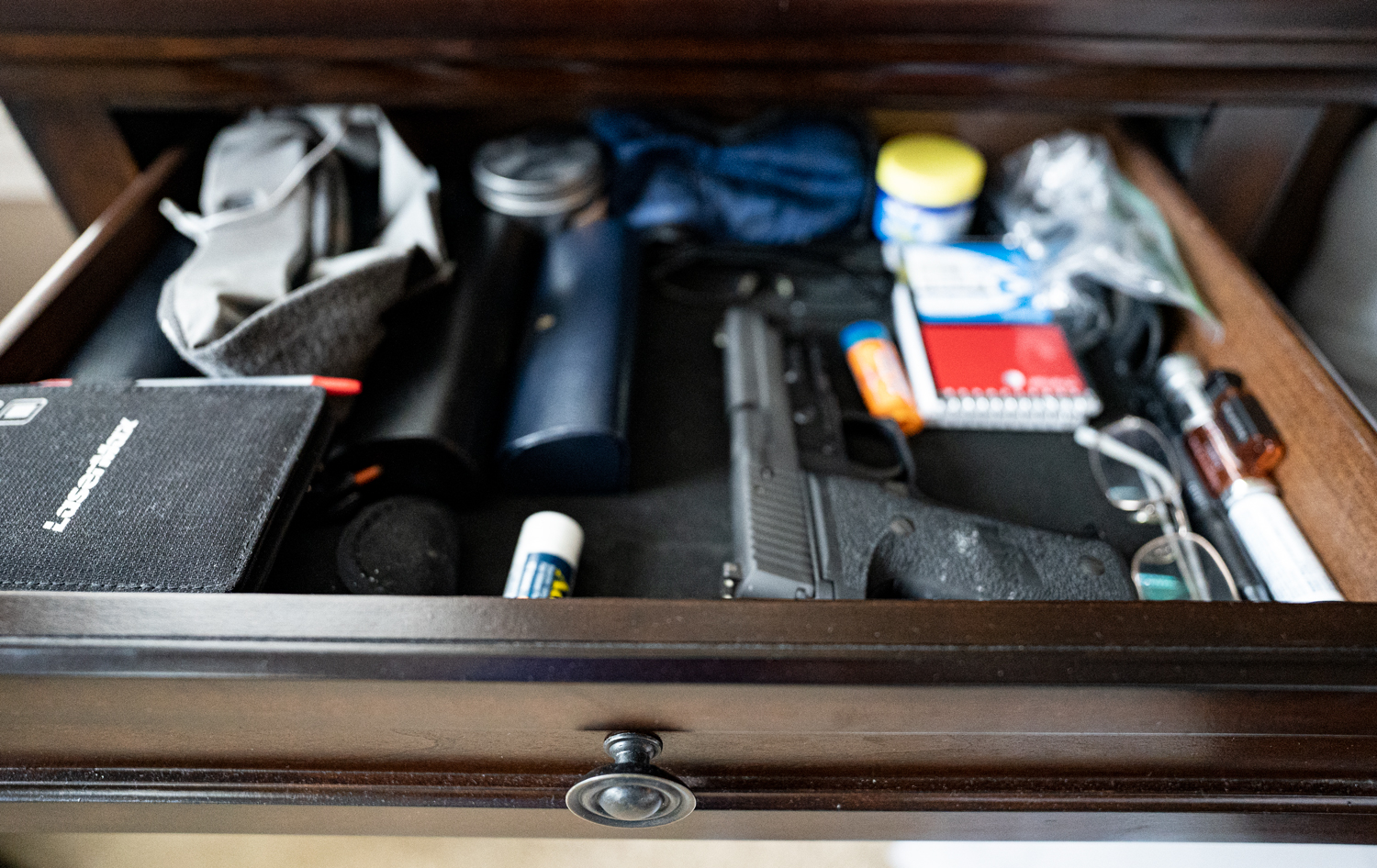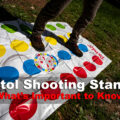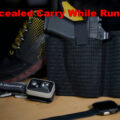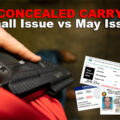I grew up in a hunting and shooting family, so it was nothing unusual for me to see guns around the house when I was a kid. Daddy didn’t have a fancy gun safe or strong box. In fact, a 12 gauge propped in the corner of my parents’ bedroom seemed entirely normal at the […]
I grew up in a hunting and shooting family, so it was nothing unusual for me to see guns around the house when I was a kid. Daddy didn’t have a fancy gun safe or strong box. In fact, a 12 gauge propped in the corner of my parents’ bedroom seemed entirely normal at the time. These days, the topic of how to store a gun for home defense is a bit more complicated. The world has changed. For better or worse, as gun owners, there are higher expectations of us when it comes to responsible gun storage.
Daddy had a strict policy when it came to his guns, and I learned (probably through some severe corporal punishment) not to touch them unless I intended to shoot something. Having firsthand knowledge of what a shotgun could do to a whitetail deer, I knew to give that shotgun a pretty wide berth.
Of course, those were different times.
I also gnawed on a crib covered in lead paint, rode standing in the front seat of the family station wagon, and had never even seen a bicycle helmet. My childhood home wasn’t exactly the model of safety. (Although, I suspect my upbringing didn’t differ all that much from yours. You are reading a blog on an ammo website, after all!) It’s honestly a miracle I ever survived to adulthood.
Times Have Changed
Kids today are growing up in a completely different world. And while this new world probably understands a lot more about safety and the effects of childhood trauma, it’s also one where 6 year-olds are suspended for pointing fingers like guns.
In the 1970s, my Daddy could get away with propping his home defense gun in the bedroom corner. Today, in many states, Child Access Prevention Laws would have imposed criminal liability on Daddy for “negligent storage.”
(Laws concerning gun storage vary from state to state. Be sure to research the laws in your particular state when deciding how to store your home defense weapon.)
Even if you don’t have a child in the house, there can be major consequences for failing to properly secure your weapons. I can think of nothing more frightening than unlocking my front door and coming face to face with a criminal armed with my own gun.
However, storing your home defense gun unloaded with a trigger lock in a combination safe in a room separate from your ammo, while arguably safer, isn’t exactly practical.
A home defense weapon that isn’t easily accessible doesn’t offer much value in the event of a home invasion. By the time you unlock the safe, remove the trigger guard, locate your ammo, and fumble through your adrenaline dump to load your firearm, home invaders will have had enough time to steal your TV, rape your dog, and bludgeon you about the head on their way out the door.
So what IS the best way to store your home defense gun? Well, like many things in the world of firearms…
That depends.
Gun Storage: Weighing the Options
While many gun control proponents would like there to be black and white rules about gun use and storage, there really is no one-size-fits-all solution. There are plenty of factors that come into play when deciding how to store your home defense weapon. The type of firearm, whether you have children in the home, and the ages of those children, all need to be considered.
The real challenge in deciding how to store your home defense gun is balancing security and accessibility, and that balance will be different for almost every household.
I’m not arrogant enough to tell you how to store your weapons. That’s a very personal decision, and only you know your circumstances. However, we can explore the pros and cons of some of the common options, so you can make an informed decision that suits your needs.
Keeping One in the Chamber
The topic of carrying a self-defense handgun with a round in the chamber has been a pretty hot topic for ages. Most shooters have passionate opinions on the subject. Plenty of seasoned shooters will argue with the under educated ‘til the cows come home about the safety of modern handguns and the time (and motor skills) it takes to rack the slide when encountering a dangerous threat.
While most self-defense experts seem to agree that carrying your personal protection pistol with a round in the chamber is the best option, not everyone feels comfortable with the practice.
But what about self-defense guns at home? And what if your home defense gun isn’t a handgun?
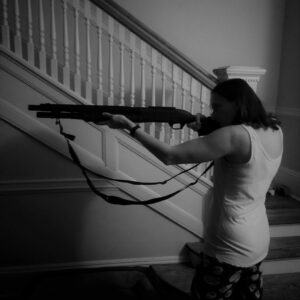
A ton of homeowners rely on a shotgun for home defense. Even Joe Biden publicly touted the shotgun’s practicality during a home invasion (although his notions of firearms safety are certainly questionable).
Regulations require modern handguns be drop safe. That means you can drop a loaded handgun, and it will not discharge.
However, most shotguns are not drop safe. If you store your home defense shotgun loaded in the closet, and it accidentally falls over, it could potentially go off. Even if the safety is on. (The safety only prevents the trigger from being pulled. It doesn’t block the hammer or firing pin.)
So, if you have a home defense shotgun, the safest way to store it is with the chamber empty. That doesn’t mean you shouldn’t go ahead and load the magazine if you so desire. With a loaded magazine and the action open, you can grab it in an emergency, rack a round, and you’re ready to go. Besides, the tell-tale sound of racking a shotgun shell into the chamber is enough to send all but the stupidest criminals running for safety.
Out in the Open
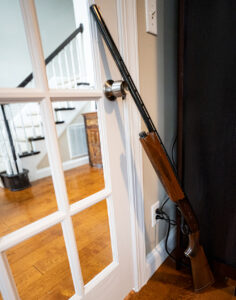
While there is the benefit of accessibility (particularly if someone breaks into your home while you are sleeping), there are some major problems with leaving loaded weapons lying out in the open around the house, even if you never have children in the home.
If you often leave loaded and unsecured guns in the house, you are more likely to leave home without locking them up. If someone breaks into your home, they have easy access to your weapon.
They may opt to take it with them and use it to commit another crime. They may also use it against you if you surprise them in the act. Neither of these is a particularly pleasant idea.
There is also the possibility of forgetting to secure your weapon when you have company. This leaves your weapon out where visiting children or negligent adults could pick up your loaded weapon.
And whether your visitors (including Grandma, Uncle Joe, and the refrigerator repairman) touch the weapon or not, they now know you have one, as well as where you keep it.
On Your Person
The safest place to store your home defense weapon is holstered on your person. Carrying your gun provides the quickest, easiest access and ensures your weapon is never left unattended.
Imagine a situation where masked and hostile intruders are standing between you and your home defense weapon. If you carry your weapon inside your home (just like you would conceal carry in public), you never have to worry about needing to fight your way to your weapon.
A properly holstered firearm carried on the body is the only firearm you truly maintain control over. While that notion may seem excessive for gun owners who aren’t used to carrying, finding a comfortable way to holster your firearm on your body is critical. The more you carry your firearm, the more you get used to it, and the less it will feel like a burden.
However, sometimes carrying your personal protection weapon at home isn’t practical. You will eventually need to remove your weapon to take a shower or go to sleep.
Any firearm that isn’t worn on the body, should probably be secured in some other way, especially if you have children in the home.
So what do you do with your pistol when you unstrap in the evening?
If There are No Children in the Home
Many gun owners choose to store their home defense weapons in a secret spot where it is out of sight by readily available in the event of an emergency. That secret spot should be located in a room where you spend much of your time.
Some people choose to “stage” several home defense weapons around their home, so they always have one at arm’s reach. In the event of a home invasion, you don’t want to waste time trying to get to your weapon.
You also don’t want to have to waste precious seconds fiddling with a combination or complicated locking mechanism to gain access to your weapon. The stress of a dangerous situation can make recalling a sequence of numbers or manipulating a padlock practically impossible.
One option is to purchase a soft “holster” that attaches to your couch or bed. These “holsters” allow you to safely store your weapon with the trigger covered. You can also position them, so that your weapon is easy to draw. There are soft “holster” options for both handguns and long guns.
If your home defense weapon is a long gun, storage can be slightly more problematic due to its size. Whatever you do, don’t just store it propped in the corner of the bedroom closet.
If you don’t have children in the home, concealment furniture is one stellar option. A number of different manufacturers produce some attractive pieces that look just like regular bookcases, coffee tables, headboards, and bedroom dressers. The only difference? They have hidden compartments for storing your long guns and ammunition.
No matter where you decide to stow your home defense weapon, if you have children visit, you need to remove the weapon from its hiding spot and secure it in a locked gun safe or cabinet.
When There are Children in the Home
I will say it again: The safest place to keep your home defense weapon is on your person.
Even if you have children.
The place for your self-defense weapon isn’t in your purse or on the nightstand, it’s on your body. By wearing your firearm you can keep it out of the hands of curious children and under your control at all times.
However, wearing your weapon 24/7 just isn’t practical. So how do you keep your gun out of curious hands, yet keep it easily accessible?
Obviously some concessions will need to be made. You’ll have to sacrifice some accessibility for the sake of safety. One of the best options for families with children is a quick access safe. These safes are relatively compact and can be secured out of sight pretty much anywhere in your house.
However, there is a major downside. Because these safes are small, they can also be carried away by criminals. You will want to secure the safe to something larger to make it more difficult for criminals to pick it up and walk away with it. Most models can be bolted to the wall or floor for extra security.
Small, quick access safes work well for storing your handgun when you aren’t able to keep it on your person. Some versions have traditional keypad locks, while the more expensive biometric safes use fingerprint recognition to keep unauthorized hands off your weapon.
Biometric Safes vs Combination Safes
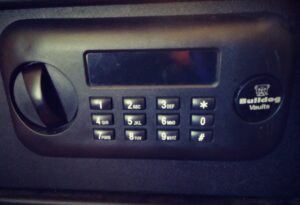
Keypad locks can sometimes be tricky to open. In a high-stress situation, it can be difficult to remember your access code. The physical adrenaline surge can also rob you of your fine motor skills, making it nearly impossible for your eyes and fingers to work together to punch in the combination.
Biometric safes provide quick and easy access to your weapon. You simply touch your fingertips to the sensors on the safe, and the door unlocks. However, many biometric safes (particularly the cheaper models) are notoriously unreliable. Be sure to read the customer reviews before you buy to make sure you’re investing in a reliable model.
Keeping Children Safe
Never underestimate the capabilities of a child. Driven by curiosity, small children manage to get into spots you wouldn’t dream possible. (I once found my toddler on top of the refrigerator. I still have no idea how he managed to climb up there.)
Even small children are strong enough to accidentally pull the trigger on most handguns, especially the lightweight compact models often marketed to their mothers. Parents need to take extra measures to keep their children safe when there are guns in the home.
Many parents rely on child-proofing their guns by using gun safes and trigger locks and chamber blocks. However, it is important that parents not rely too heavily on these measures to keep their children safe.
Every parent has the responsibility to educate their kids about gun safety. Gun-proofing your kids may be far more effective than only child-proofing access to your weapons.
Parents should teach their children what guns are and what they are capable of doing. Teach them that they should NEVER touch a firearm without your permission.
And definitely teach them the basic rules of gun safety:
- All guns are always loaded.
- Never let the muzzle cover anything you are not willing to destroy.
- Keep your finger off the trigger until your sights are on the target.
- Know your target and what is beyond it.
Final Thoughts
Storing your home defense weapons requires a delicate balance of easy accessibility and suitable security. Determining that balance is an extremely personal decision.
No matter where or how you decide to store your home defense gun (or guns), you should have a plan in place before you encounter a threat. Just like your family should have a plan to follow in case of a fire, you should also have a plan for what to do if someone breaks into your home.
Include plans of retreat, when to shelter in place, and how to communicate with other family members. Be sure to communicate your home defense strategies with your loved ones, including your children. It also isn’t a bad idea to give your plan a dry run to work out the kinks and make sure everyone is on the same page.
As Louis Pasteur once said, “Chance favors the prepared mind.” Preparing a family plan for what to do during a dangerous home intrusion will most definitely increase your chances of surviving the encounter.
